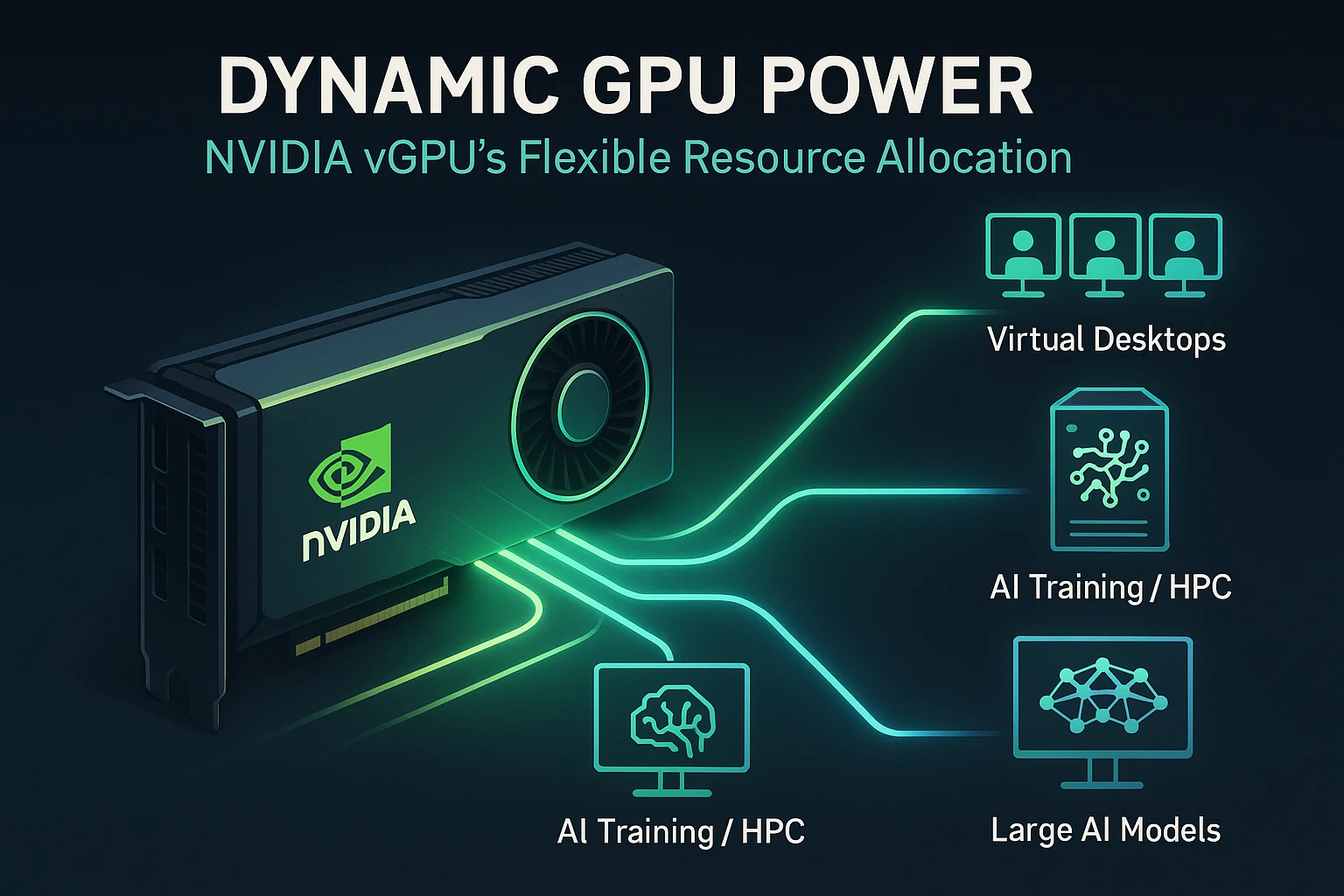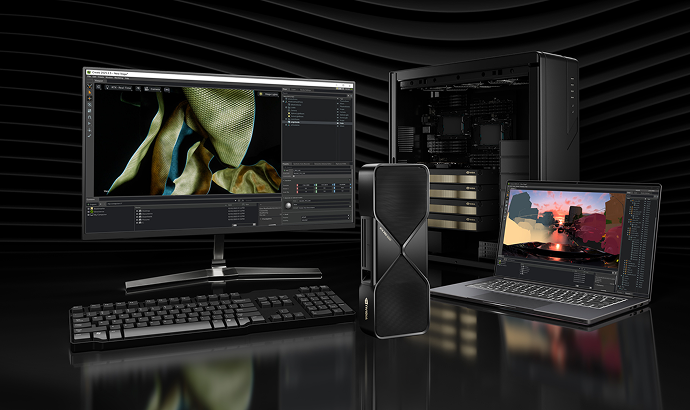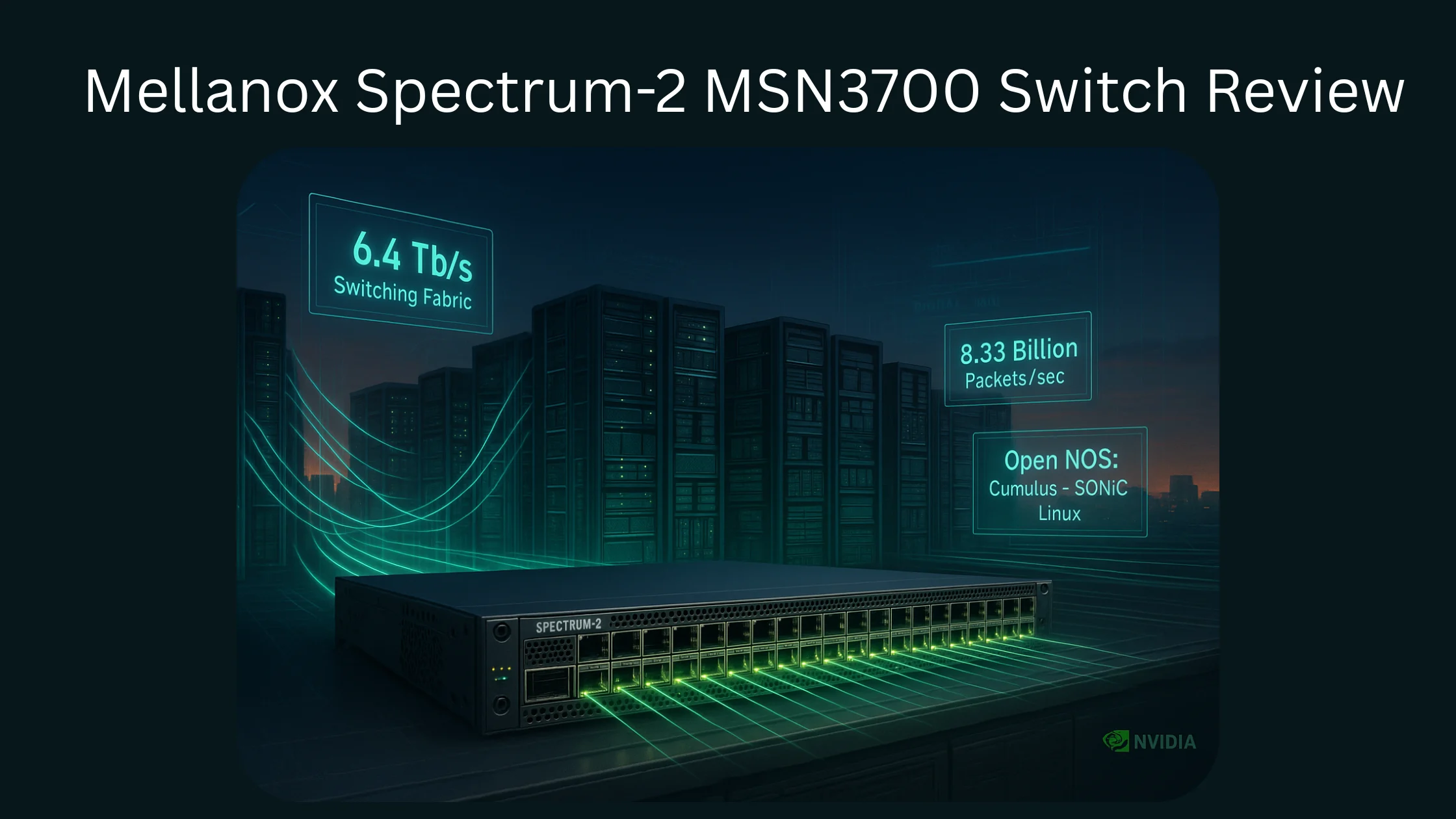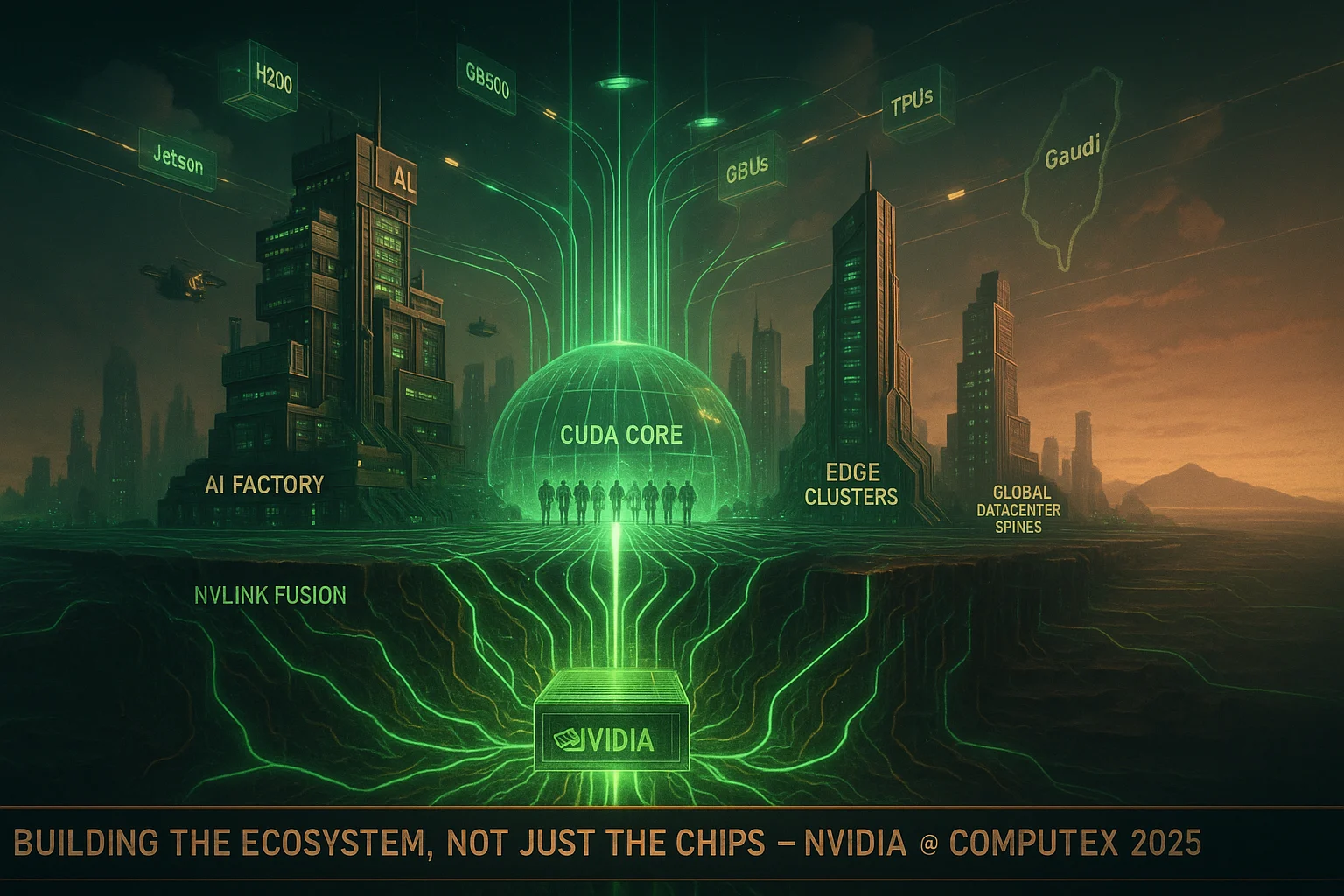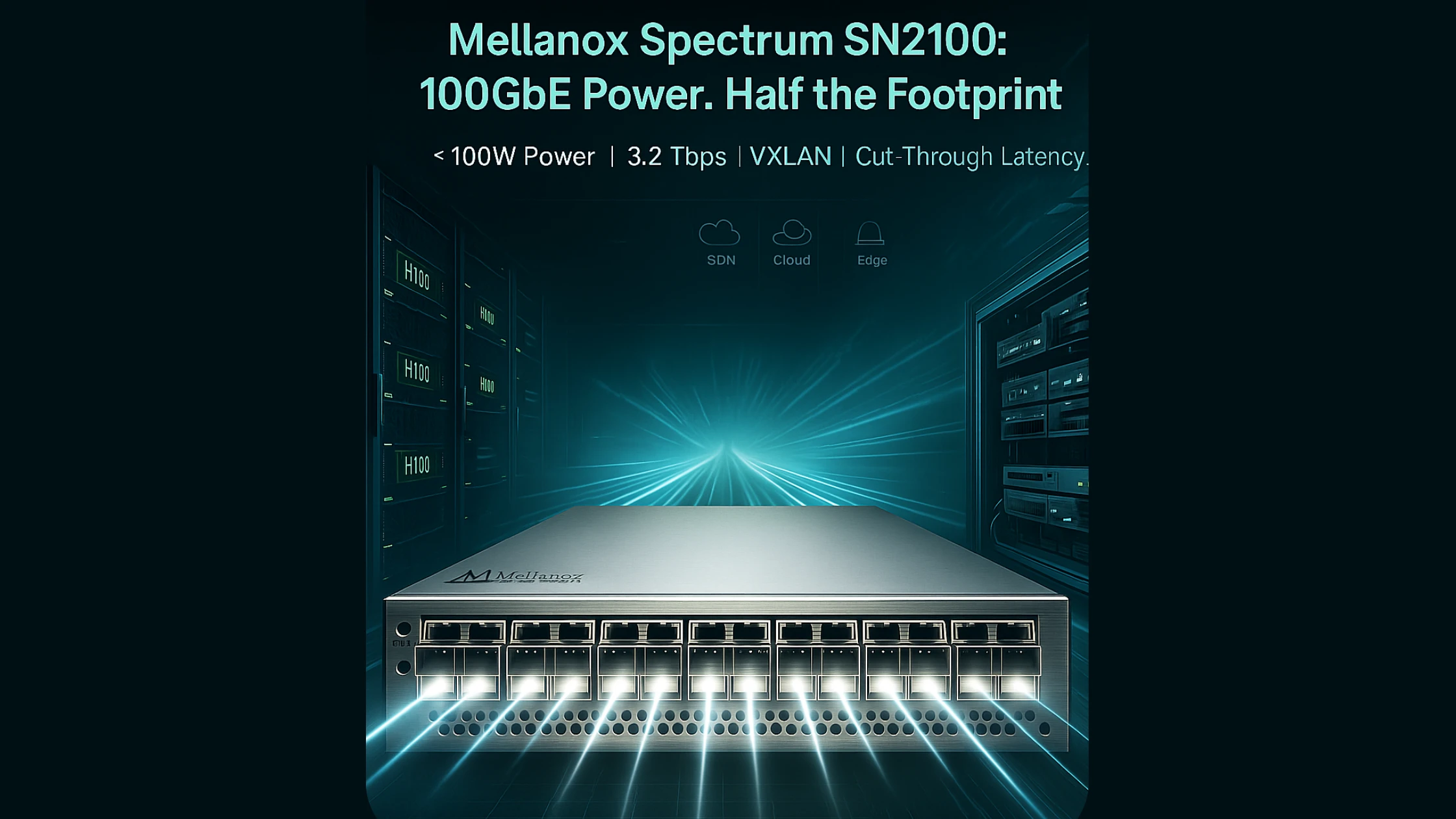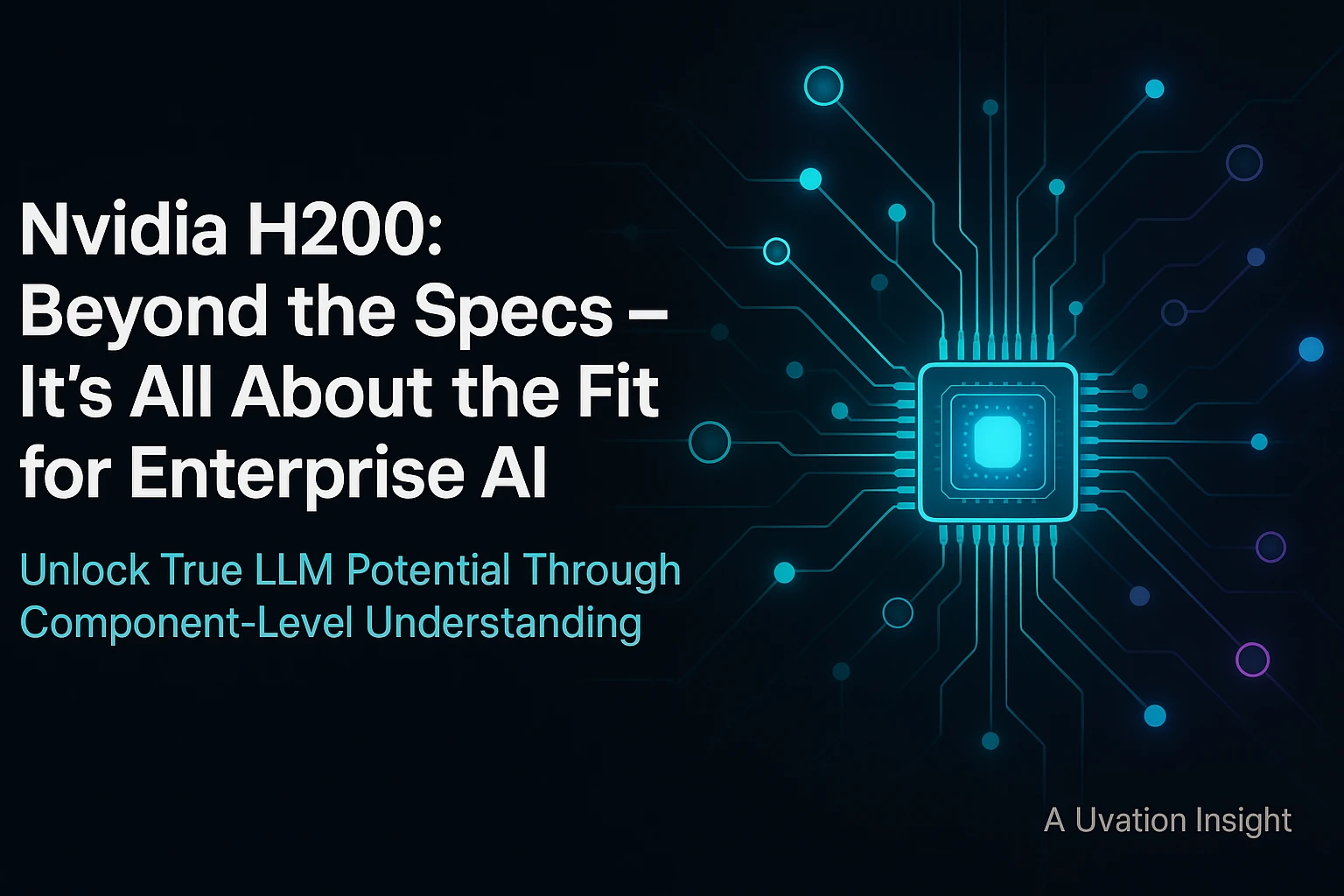
Inside the Nvidia H200: What Components Actually Matter for Enterprise AI
The Nvidia H200 is a powerful AI component, but its effective deployment for enterprise AI, particularly Large Language Models (LLMs), requires a deep understanding of its architecture and a focus on infrastructure fit, not just raw performance metrics. Key components like HBM3e memory (141 GB), FP8 Tensor Cores, and NVLink 4 (900 GB/s) are crucial for handling large context windows, efficient fine-tuning, and distributed training. Beyond the chip, NVSwitch, ConnectX-7, and PCIe Gen5 are vital for reliable throughput across enterprise-scale setups. The H200 is ideal for in-house LLM development, multi-turn conversations, and high-efficiency fine-tuning where data residency is critical. Uvation's approach ensures H200 deployments are aligned with specific use cases, offering pre-validated GenAI blueprints and GPU-aware orchestration to maximise value and overcome common deployment challenges. Ultimately, the H200 is the best tool when its specific capabilities match the model's requirements
4 minute read
•High Tech and Electronics

